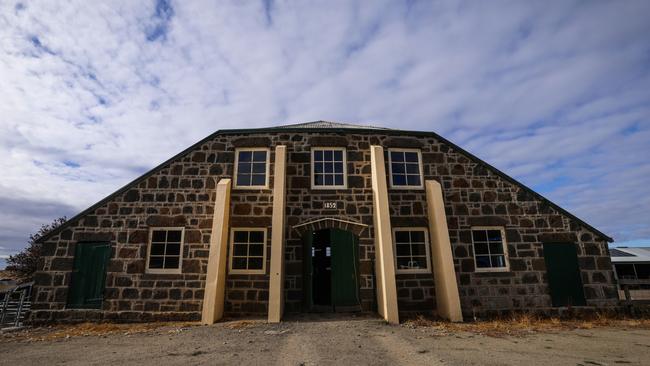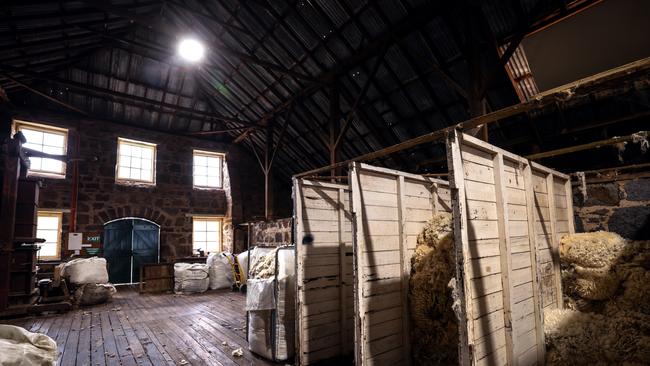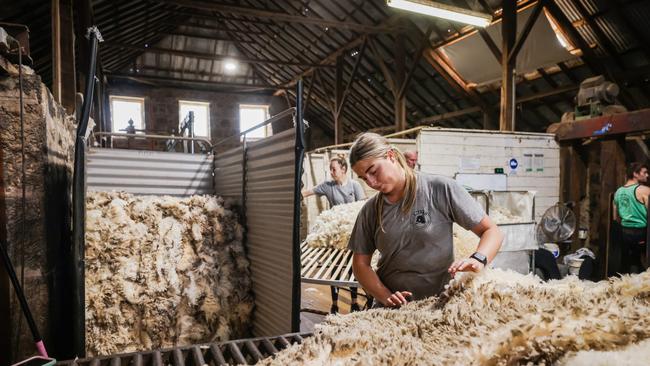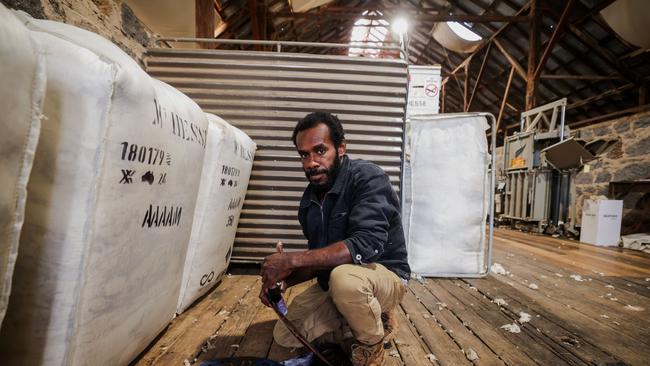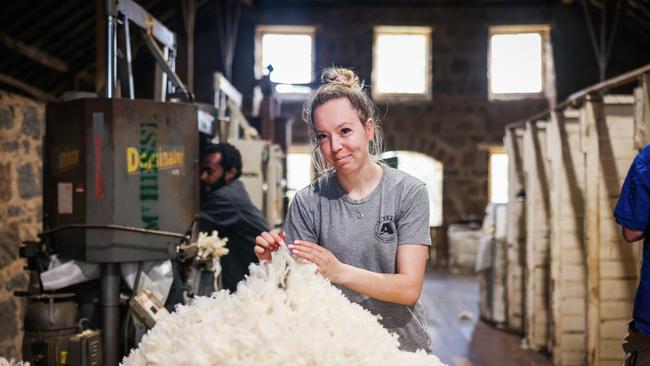Shearing recruits rising at a fast clip
In good news for an industry stretched to breaking point and struggling to service a growing national flock, shearing schools are full of new learners.
The number of people learning to be shearers is rising at a fast clip in welcome news for an industry struggling to service a proliferating national flock.
The current shortage of shearers, mainly due to recent wet weather and reduced international contractors, has been a woolly problem for the industry, driving wages to sometimes double the award and leaving producers shorthanded or forced to delay shearing programs.
But worker restocking is on the way as organisers scramble to find sheds for a surprise wave of new applicants, according to Shearing Contractors’ Association of Australia Shearer Woolhandler Training Inc executive officer Glenn Haynes.
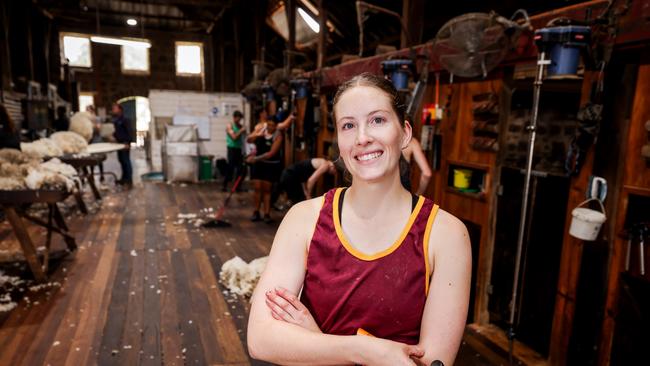
“The demand has been unbelievable, we only had 25 applicants in 2019 in Victoria and 72 recently, triple the amount of people who are training to go into the industry,” he said.
“With limited places available I am having to screen people at the moment, looking for those wanting a career and not just a bit of fun, but we are still having to hold extra schools.”
An immediate result has been retention increasing from 30 to 70 per cent.
According to government labour insights data, the 4200 shearers currently employed in Australia have an average age of 39, only two-thirds nominate shearing as their main job, and three per cent are female.
The 5900 shearers employed in 2017 fell to 3700 in 2018, mainly due to drought thinning flocks.
The new recruits are a mixture of career changers, school leavers and an increasing number of women.
Erin Twigg, who is training at Mount Hesse, near Ombersley, recently swapped her health science degree for a handpiece, enticed by remuneration, camaraderie and travel.
“I will also be a qualified wool classer soon. It’s a long-term career move for me, there are plenty of opportunities in the industry that come from starting in the sheds,” the 22-year-old said.
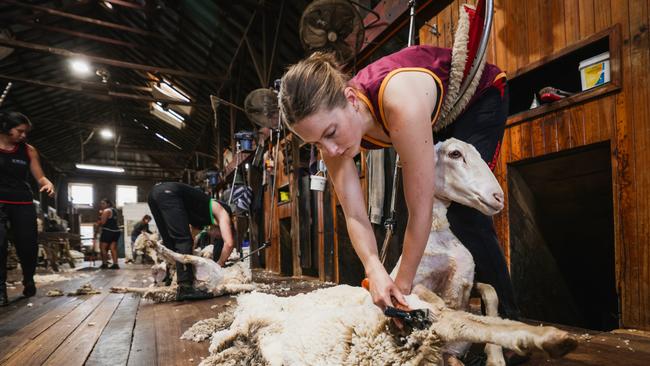
A-Team Shearing Contractors owner Robert Crouch said shearing pay packets currently matched fly-in-fly-out mining packages.
“I am putting on extra learners this year to build up local crews, I have had enough of people shopping themselves around, and I hope producers will adjust programs to ensure both shearer availability and to provide a full years work for the crews,” he said.
“That would certainly fix a lot of the current problems.”
